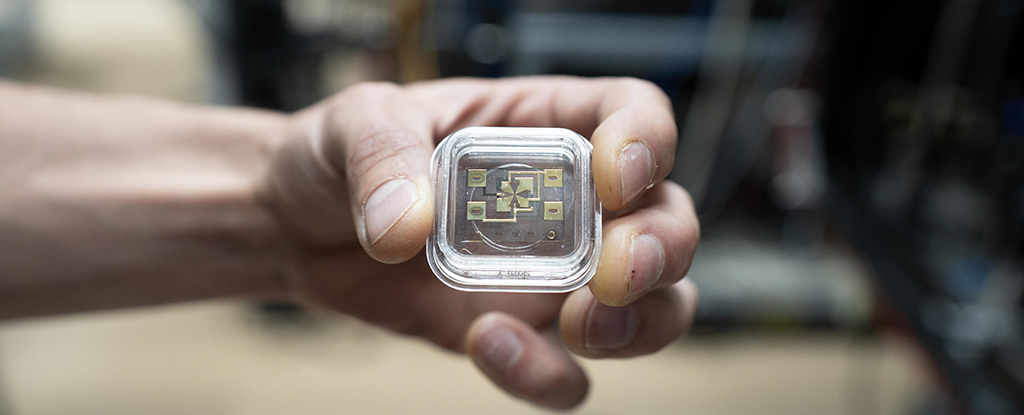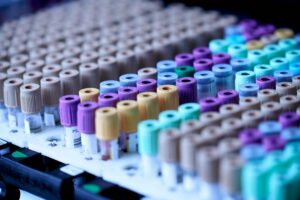
A team of researchers at the National Institute of Standards and Technology (NIST) has developed a clock that surpasses previous timekeeping records, achieving an accuracy estimated to be 41 percent better than its predecessor. This groundbreaking clock is capable of measuring time with a precision of 19 decimal places, utilizing the vibrations of a trapped aluminum ion cooled to near absolute zero.
The innovative design of this clock represents the culmination of 20 years of research and development. It operates on principles of quantum physics, where even the slightest environmental disturbances can affect its accuracy. To mitigate this, the team enhanced the clock’s enclosure and the gold coatings of its electrodes, thereby improving the stability of the electrical fields that regulate the clock’s ticking.
Significant Advances in Timekeeping
According to physicist Mason Marshall from NIST, “It’s exciting to work on the most accurate clock ever.” The research has not only improved timekeeping but also opened avenues for advancing the field of physics. The clock serves as a crucial reference point for calibrating other timekeeping devices and conducting experiments that probe fundamental questions about the universe.
A notable feature of this new clock is its stability, which is 2.6 times greater than any previous model. The clock’s design incorporates a charged magnesium ion paired with the aluminum ion, facilitating easier control with laser light. The laser, sourced from a neighboring lab located 3.6 kilometers away, is known for its own precision, contributing to the clock’s overall effectiveness.
The time required to gather sufficient data for measuring a second has drastically decreased from three weeks to just one and a half days. This efficiency marks a significant leap in the capability of atomic clocks, according to Daniel Rodriguez Castillo, an electrical engineer at NIST, who stated, “It’s a big, complex challenge, because every part of the clock’s design affects the clock.”
Implications for Science and Future Research
The implications of this clock extend far beyond mere measurements of time. Accurate timekeeping is essential in various scientific disciplines, including those exploring dark matter and testing Einstein’s theory of relativity. Understanding the precise duration of a second is foundational to numerous experiments and technologies.
The researchers at NIST are optimistic about future advancements, believing that even greater accuracy is achievable. Willa Arthur-Dworschack, a physicist at NIST, remarked, “With this platform, we’re poised to explore new clock architectures—like scaling up the number of clock ions and even entangling them—further improving our measurement capabilities.”
The findings from this groundbreaking clock have been published in the prestigious journal Physical Review Letters, marking a significant milestone in the field of precision measurement and offering exciting possibilities for future research in quantum physics and beyond.







